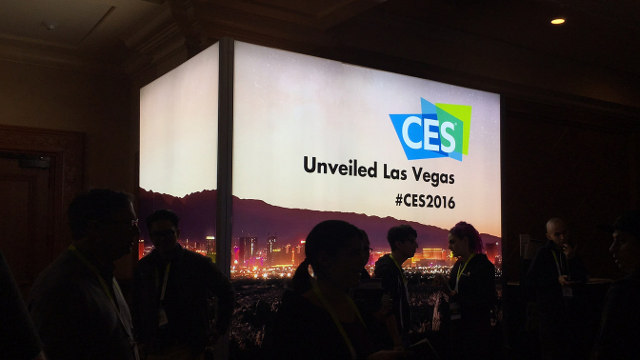
The Consumer Electronics Show has been dominating the news this week, so most of what I’m covering this week is neat gizmos and gadgets, plus a cool bit of news about the periodic table. Check it out!
***
Faraday Future
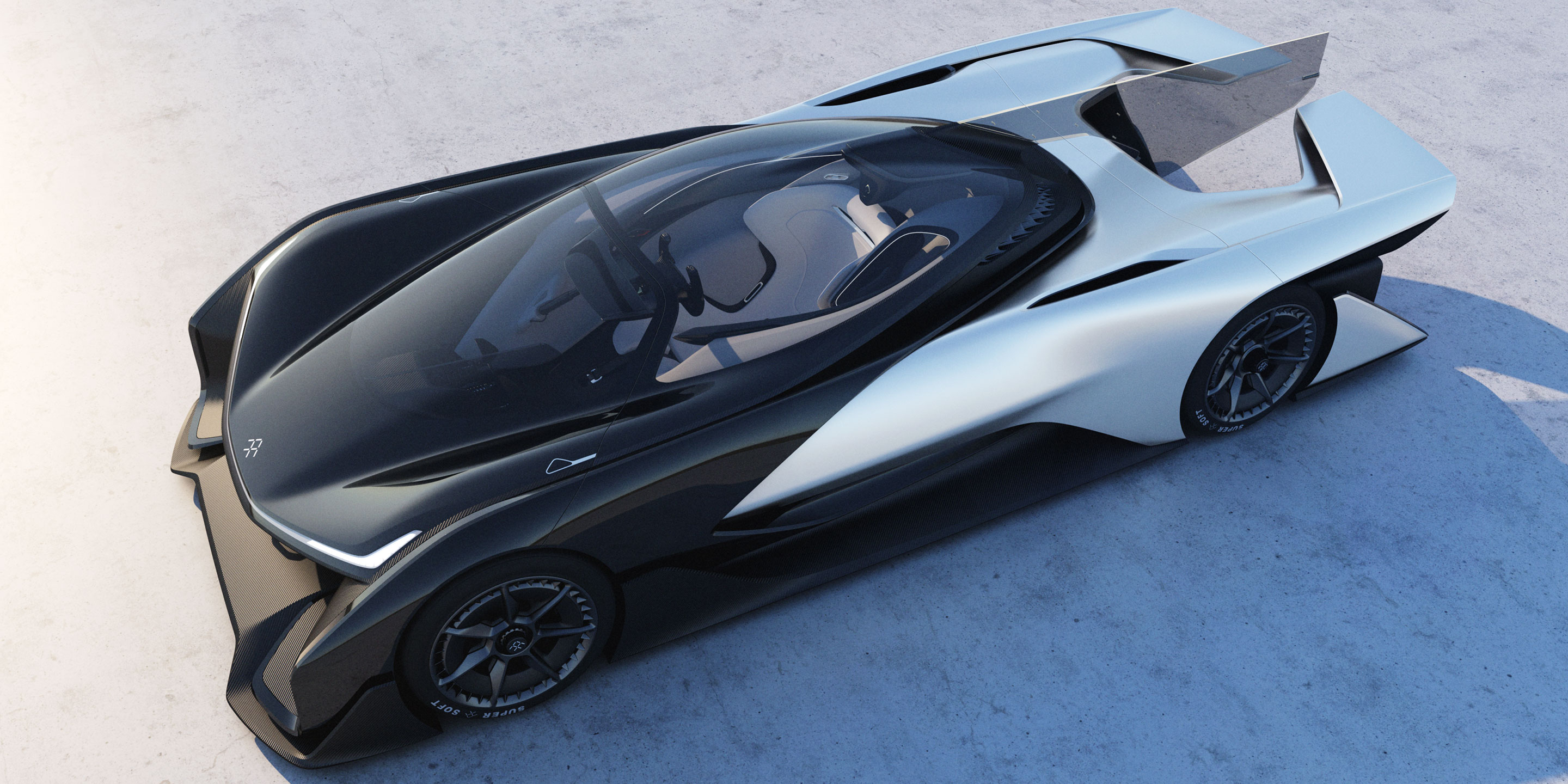
Every January, I look forward to reading about the winners and losers at the annual Consumer Electronics Show. It’s like Christmas but for people who enjoy news about technology. But the announcement that was being hailed as the year’s “big reveal” turned out, in the words of The Verge, to be the “best nothing.” Faraday Future, a car company that sees itself as taking on Tesla in just two to three years, announced a strange concept-only racing car, a board of executives, and some financial backing. What we do know is they have grand ambitions: with a major Chinese investor (LeTV), a billion-dollar factory, and some plans for a low-to-the-ground multi-use chassis system that could make for a range of vehicle types at low(ish) cost. But the FFZERO1 (the concept they showed off at CES) isn’t a real car yet, and they haven’t demonstrated they can even build one. Nevertheless with a staff of 750 people and major financial backing, it’s always possible they’ll roll out an actual car in the next couple of years. Not likely, but possible. PopSci, TechCrunch, and the Verge have more.
EHANG 184
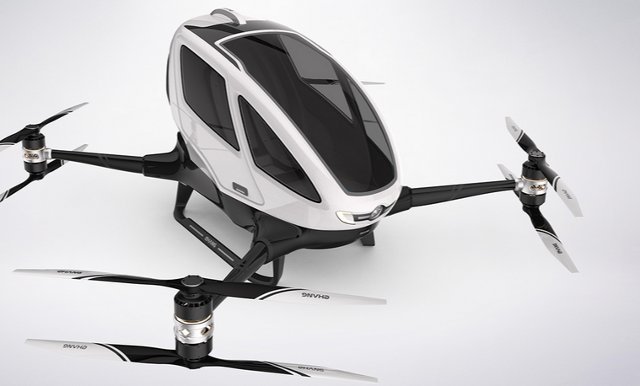
Would you let this thing fly you around the city? Chinese company EHANG is hoping you like the idea. Just unveiled at CES 2016, the EHANG 184 is an autonomous drone that can carry a person. As TechTimes points out, the 184 isn’t quite there yet: with a price tag of $200,000-$300,000 and only 23 minutes of flight time — not to mention a complete lack of FAA approval — its touted 62mph top speed and 11,000-foot flight ceiling are slightly moot. Still, it’s pretty easy to see where the drone future is going. So long as battery technology and regulations can keep up, the quickest way to clear up the roads may be to avoid them entirely.
Rollable Screens
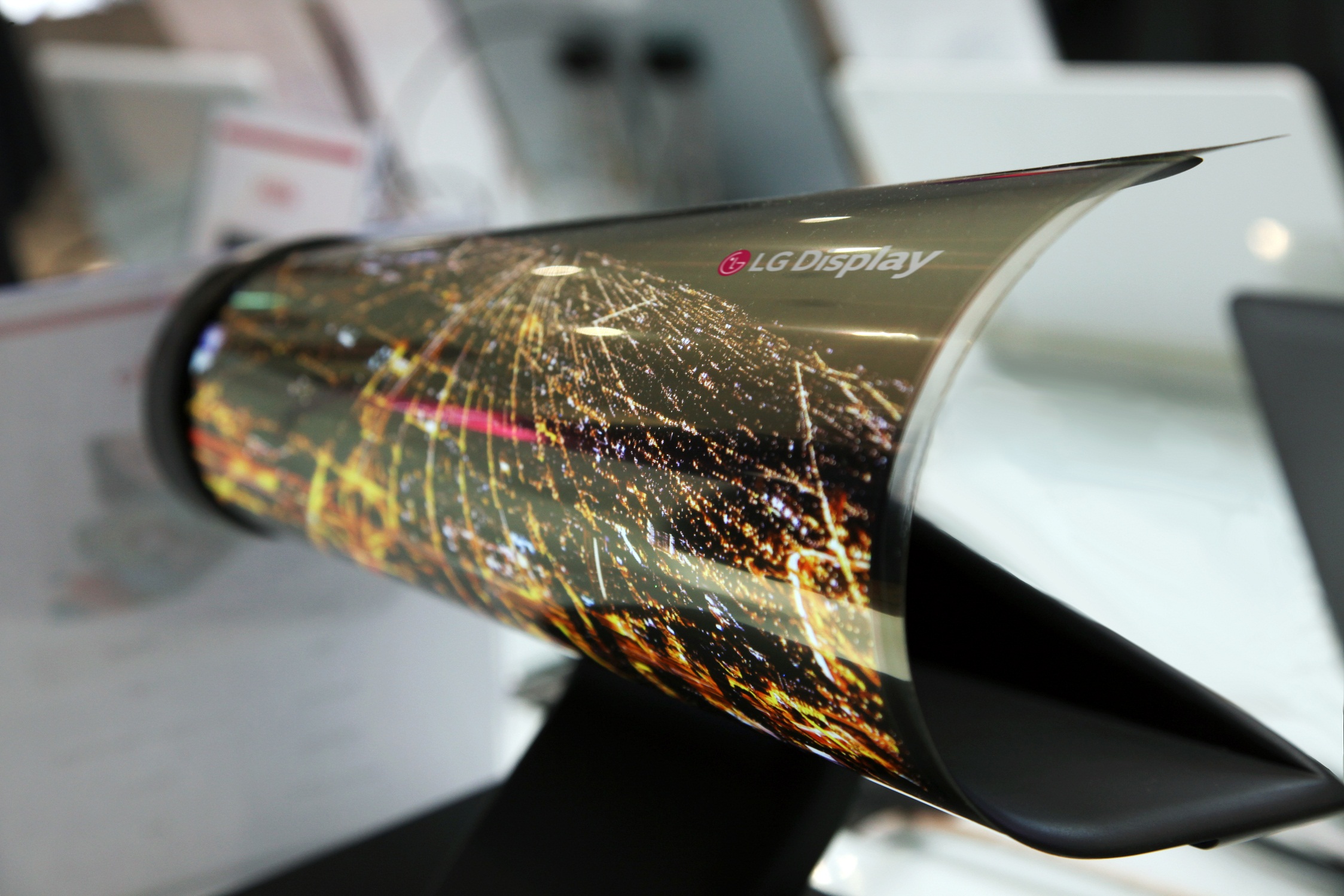
LG has finally revealed the roll-up OLED screen we’ve been waiting for. Making the rounds at CES is the company’s latest development, and it’s very cool. It’s paper-thin, but as you can see in the videos at The Verge, Digital Trends, and Engadget, it’s very real and very functional. It’s not ready quite yet — it’s still so fragile they wouldn’t let anybody handle it while it’s on — but it’s not hard to imagine that in the next few years we’ll finally see a rollable product. Digital scrolls here we come!
Best of CES 2016

Those were, if you ask me, the most interesting stories out of this year’s CES — though the fact that everyone was so excited by the Chevy Bolt EV for being so… well, normal was pretty cool — but you can always decide for yourself. Check out “best of CES 2016” posts from all the usual suspects: TechCrunch, The Verge, Engadget, Wired, and even Digital Trends and TechRadar all have their opinions, so you can make your own decisions. Maybe your favourite thing will look like a sex toy.
Row Seven
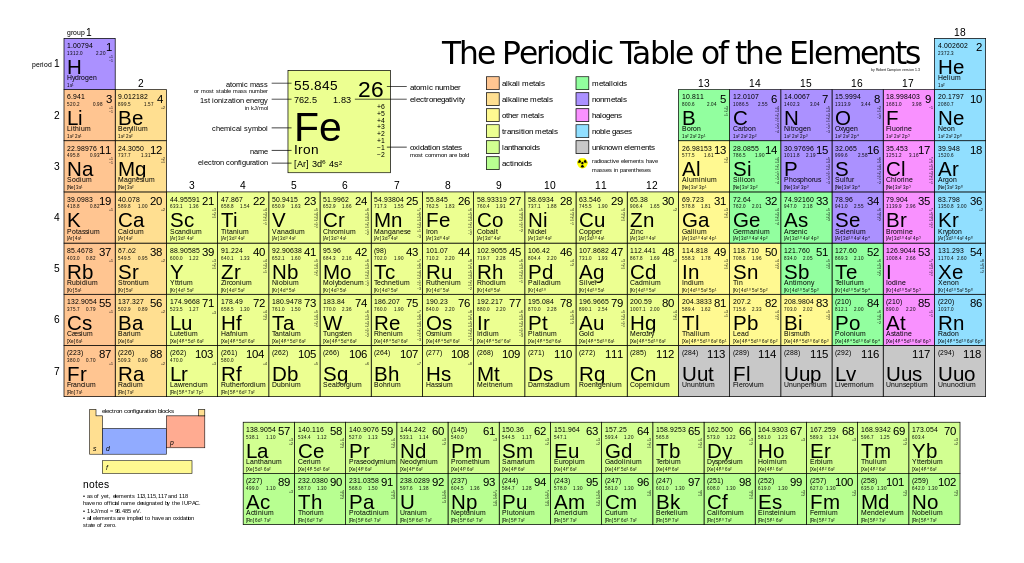
Finally, in the only piece of news this week not related to the Consumer Electronics Show, the seventh row of the periodic table of elements is officially complete, with the addition of elements 113, 115, 117, and 118. For now their provisional names will be the descriptive ones: Ununtrium (Uut, element 113), Ununpentium (Uup, element 115), Ununseptium (Uus, element 117), and Ununoctium (Uuo, element 118). But over the coming months new names will be picked for them by the teams that discovered them, as was the case when elements 114 and 116, originally Ununquadrium and Ununhexium, were named Flerovium and Livermorium a few years back. Element 113 is a notable one, too, because with naming rights going to the Japanese team that found it, it’ll be the first element discovered and named anywhere in Asia. Maybe they’ll call it Japonium. PopSci has more on the story.
ICYMI
Haven’t been keeping up with us here at This Week In Tomorrow? Here’s what you missed this week:
- Your Monday Crazy this week was “Breatharians”
- On Tuesday I tried to make a case for Axanar, the recently-sued Star Trek fan film
- On Wednesday, I talked gun safety technology because Obama wants to invest
- On Thursday, I was travelling, so you got a list of my favourite funny amazon.com reviews, and
- On Friday, Lindsey explained why telling football players they play like they’re “wearing tutus” is dumb
Best of the Rest
Aaaaand here’s your weekly linkspam!
- Jalopnik reports that Teslas will soon be their own valets
- Gizmodo tells us how meteorite hunters found a rock older than Earth
- The Mary Sue says you can customize your Netflix experience very precisely now
- PopSci explains why all spacecraft are starting to look the same, and
- NASA has a list of six Orion things to look forward to in 2016
That’s all for this week! Remember, I only get paid in my own (and your) enthusiasm, so please like This Week In Tomorrow on Facebook, follow me on Twitter @TWITomorrow, and tell your friends about the site! Have a great week.
